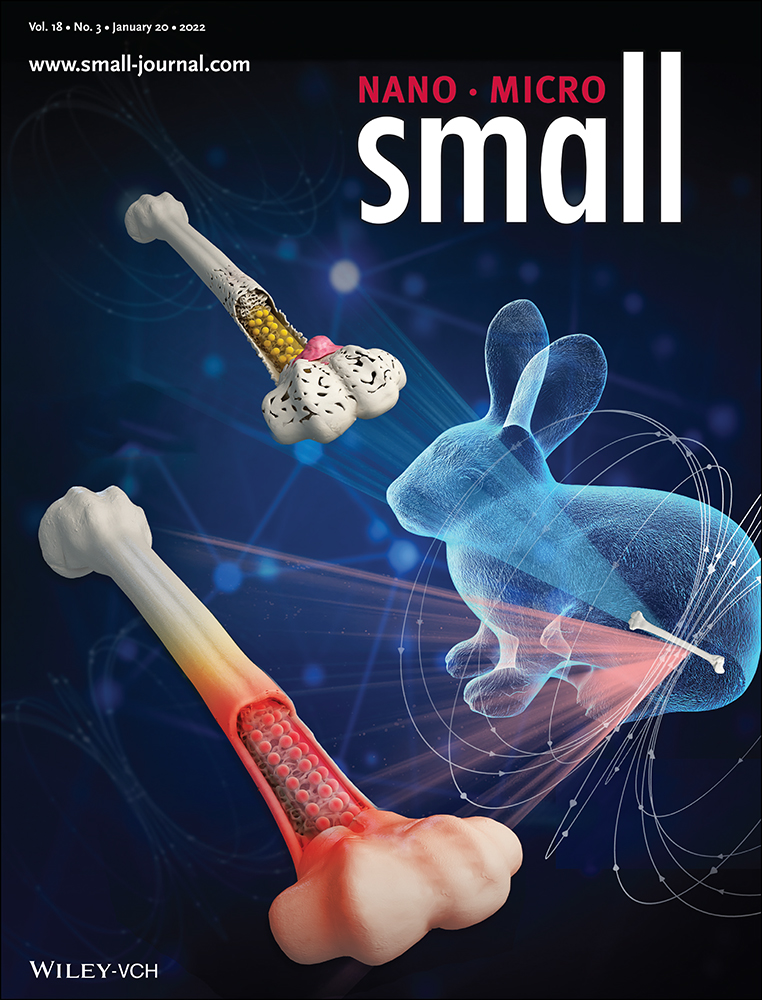Boosting Oxygen Reduction Activity of Manganese Oxide Through Strain Effect Caused By Ion Insertion
Abstract
Transition-metal oxides with a strain effect have attracted immense interest as cathode materials for fuel cells. However, owing to the introduction of heterostructures, substrates, or a large number of defects during the synthesis of strain-bearing catalysts, not only is the structure–activity relationship complicated but also their performance is mediocre. In this study, a mode of strain introduction is reported. Transition-metal ions with different electronegativities are intercalated into the cryptomelane-type manganese oxide octahedral molecular sieves (OMS-2) structure with K ions as the template, resulting in the octahedral structural distortion of MnO6 and producing strains of different degrees. Experimental studies reveal that Ni-OMS-2 with a high compressive strain (4.12%) exhibits superior oxygen reduction performance with a half-wave potential (0.825 V vs RHE) greater than those of other reported manganese-based oxides. This result is related to the increase in the covalence of MnO6 octahedral configuration and shifting down of the eg band center caused by the higher compression strain. This research avoids the introduction of new chemical bonds in the main structure, weakens the effect of eg electron filling number, and emphasizes the pure strain effect. This concept can be extended to other transition-metal-oxide catalysts.
Conflict of Interest
The authors declare no conflict of interest.
Open Research
Data Availability Statement
Research data are not shared.




